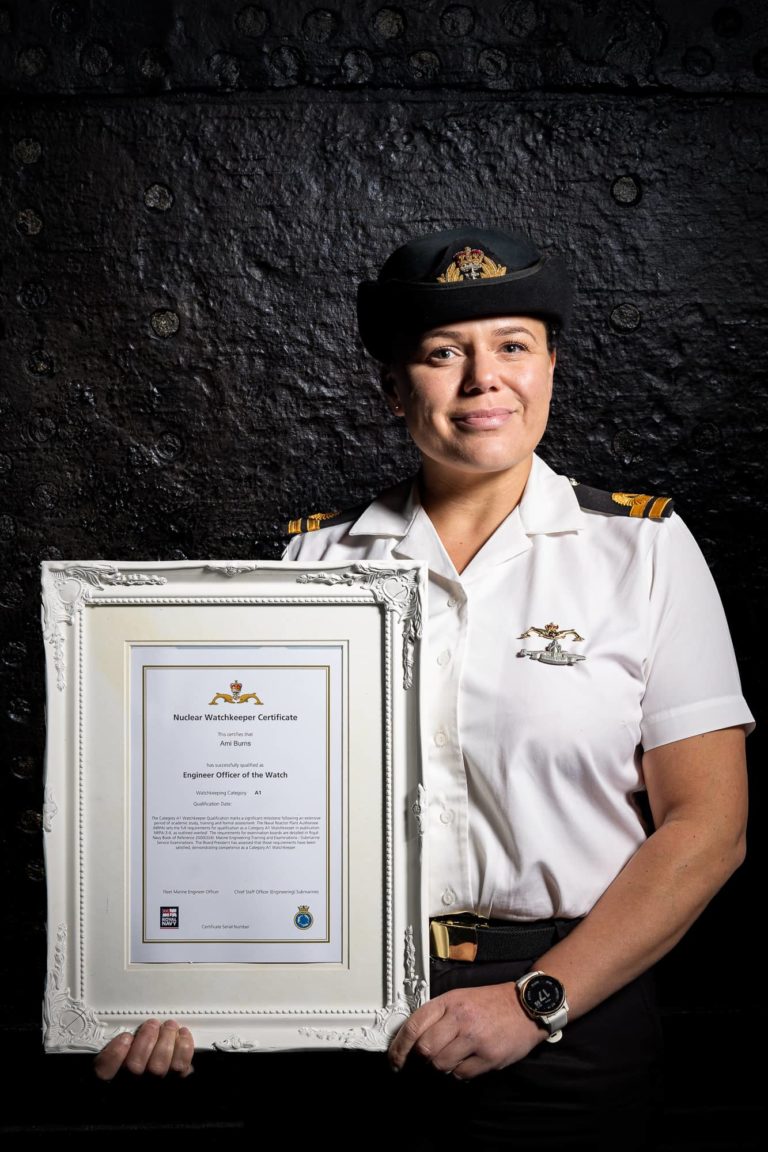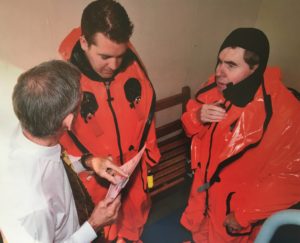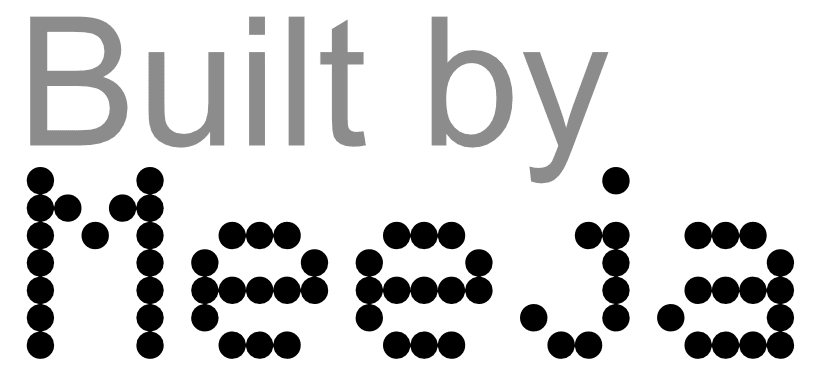Ami Burns – A1 Watch Keepers AMEOP
Because you’re back aft and you are the Section Officer for all of the guys and girls in the sort of aft compartments who look after everything from Main Engines to propulsion to shaft lines to, everything after the sort of 130 bulkhead in a V Boat.
Once you’ve sort of done your time there, which generally includes a Patrol of some sort of duration, you’ll be writing operational defect signals, you’ll be doing some staff work, you’ll be learning to become a Divisional Officer if you haven’t done it before, you know, you’ll be learning to become a Naval Officer alongside, and Watch Keeping and Operating and being duty, and you’ll then move on to become AMEO Ships which is ships systems, so you know like a forward AMEO, you’re like the senior AMEO.
So, you might be AMEO Ships and you’ve got AMEOP who’s behind you and AMEO big ‘T’ and little ‘T’ so, you know, there is a big team and ship systems is what it says on the tin; you’ll work for’ard and you’ll look after the stuff that keeps the submarine safe so AMEOP very much deals with the back aft Marine Engineering bits.
AMEO Ships will be looking after Hydraulics, HP Air, Ventilation, Blowers, which are a really key part, Sewage, everything else basically, for’ard and then … so from becoming a big ‘T’ to a ‘P’ to a Ships is normally about three or four years and once you’ve done that time, you, if you’re good enough you’ll receive what’s called a Charge Recommend, so you’re MEO will say “OK, well you’ve delivered and you are being recommended to become a Charge Engineer and a Charge Engineer is the top two in our onboard organisation, the DMEO, the Deputy Marine Engineer Officer and the Marine Engineer Officer.
You’ve got to sit another Board for that. You’ve got to do some more studying, which is again like a whole different … so you do have to remember all of the things that you learnt as a Cat A1 and how you’ve implemented them in your time at sea, how you manage defects, how you manage a maintenance period, how you manage a nuclear logic, which is how we conduct nuclear work and the processing which we manage it, how you plan it and how you execute it to make sure that your maintenance period is complete, ready to become, ready to go back to sea, so that’s the last thing you do as an AMEO and then you come inboard and you do broadening jobs







